The modernization of a mid-century Midtown Manhattan office tower features a new façade intended to improve occupant comfort and reduce energy consumption. The building, at 666 Fifth Avenue, was originally designed by Carson & Lundin.
First opened in November 1957 when it was considered cutting-edge, the original façade of the 500-foot-tall modernist skyscraper was highly inefficient by today’s energy efficiency standards. Using an early version of a semi-unitized curtain wall, the old façade featured units with punched aluminum panels on the bottom and a single glass pane on top. This was advantageous in its light weight, but yielded poor energy efficiency. The project team chose a full reskinning as the best option to upgrade the aging building.
The new façade features the largest single-pane units ever used on an office development in New York City, according to a blog post at KPF.com. These large panes created efficiencies in construction, logistics, and structural detailing. Panel fabricators used a single cut, yielding only minimal waste when producing each unit. Situated inside a four-sided shadowbox, the panels span the full width between columns and the full height between floors. This approach tripled the window area, bringing in plentiful daylight for tenants.
Other improvements on the 1.2 million-sf office tower include:
- Mechanical upgrades for high-efficiency heating and air systems that draw in greater quantities of fresh air.
- A reconstructed lobby with modernized elevators that will support a retail space.
- Numerous columns and low ceilings were eliminated from office floors to maximize interior space.
- Some units offer double-height spaces and interconnected floors, taking advantage of the building’s wide range of floor plate sizes.
- Designers used existing massing—a podium and tower interspersed with multiple setbacks—to create exterior terraces at multiple levels on three sides.
“One of the important aspects of an adaptive reuse project is finding the existing value in a building, and identifying areas that can create more desirable space for users," said KPF Principal Lauren Schmidt, AIA, LEED AP BD+C. "The existing façade at 660 Fifth Avenue was one of the first curtain wall systems when it was built in the 1950s and very modern at the time, but it had limitations in terms of thermal and acoustical insulation, as well as small windows. We approached the façade as a clean slate and proposed opening it up completely with units that would span column to column. This, in a sense, allowed the columns to disappear and create open views. It was a great opportunity to propose something that was perhaps considered atypical, but actually, as we worked through the logistics of it, made sense for a number of reasons and was highly efficient.”
On the team:
Client: Brookfield Properties
Design Architect (full services): Kohn Pedersen Fox (KPF)
MEP Engineer: Cosentini Associates
Structural Engineer: Gilsanz Murray Steficek (GMS)
General contractor: Turner Construction
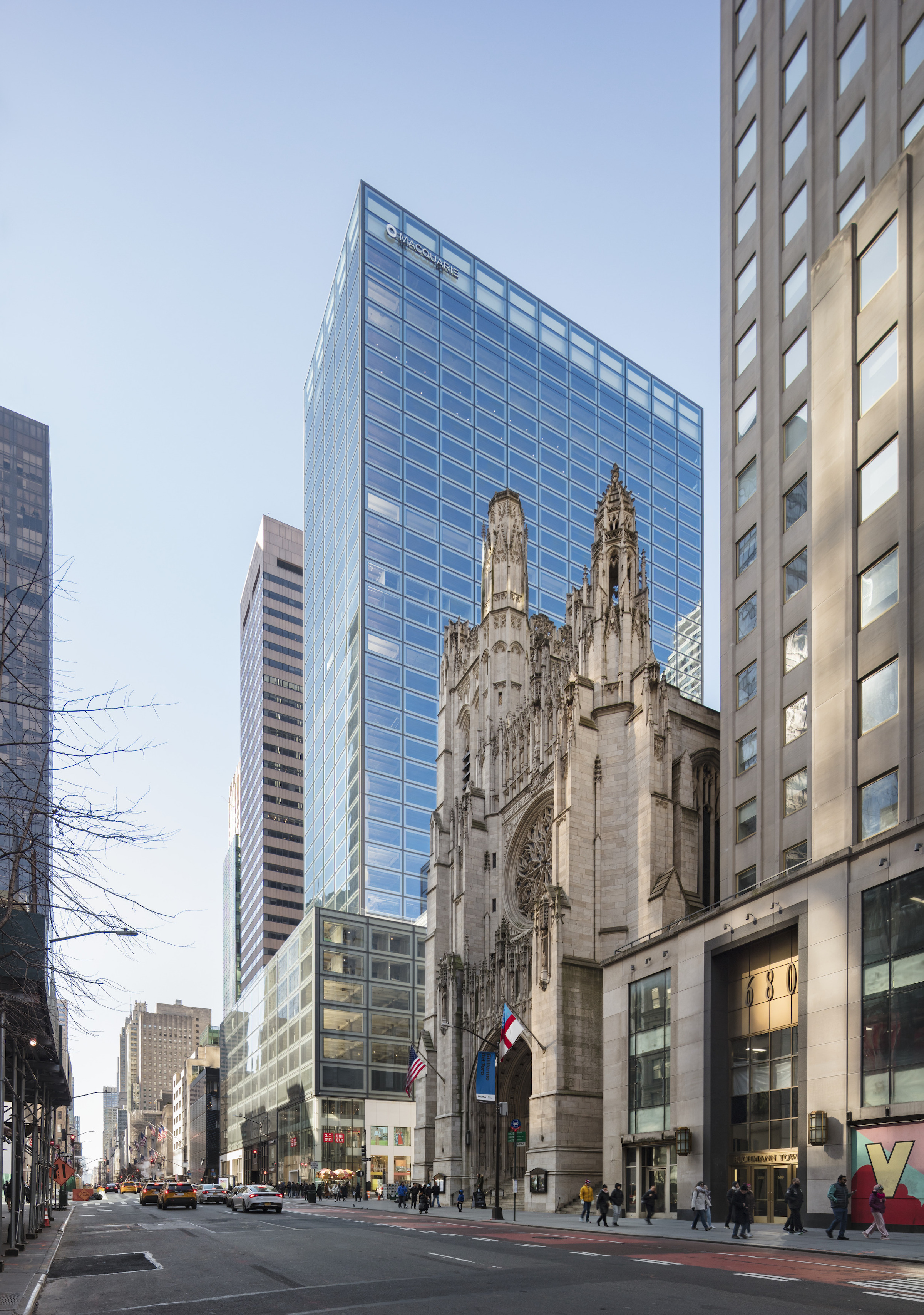

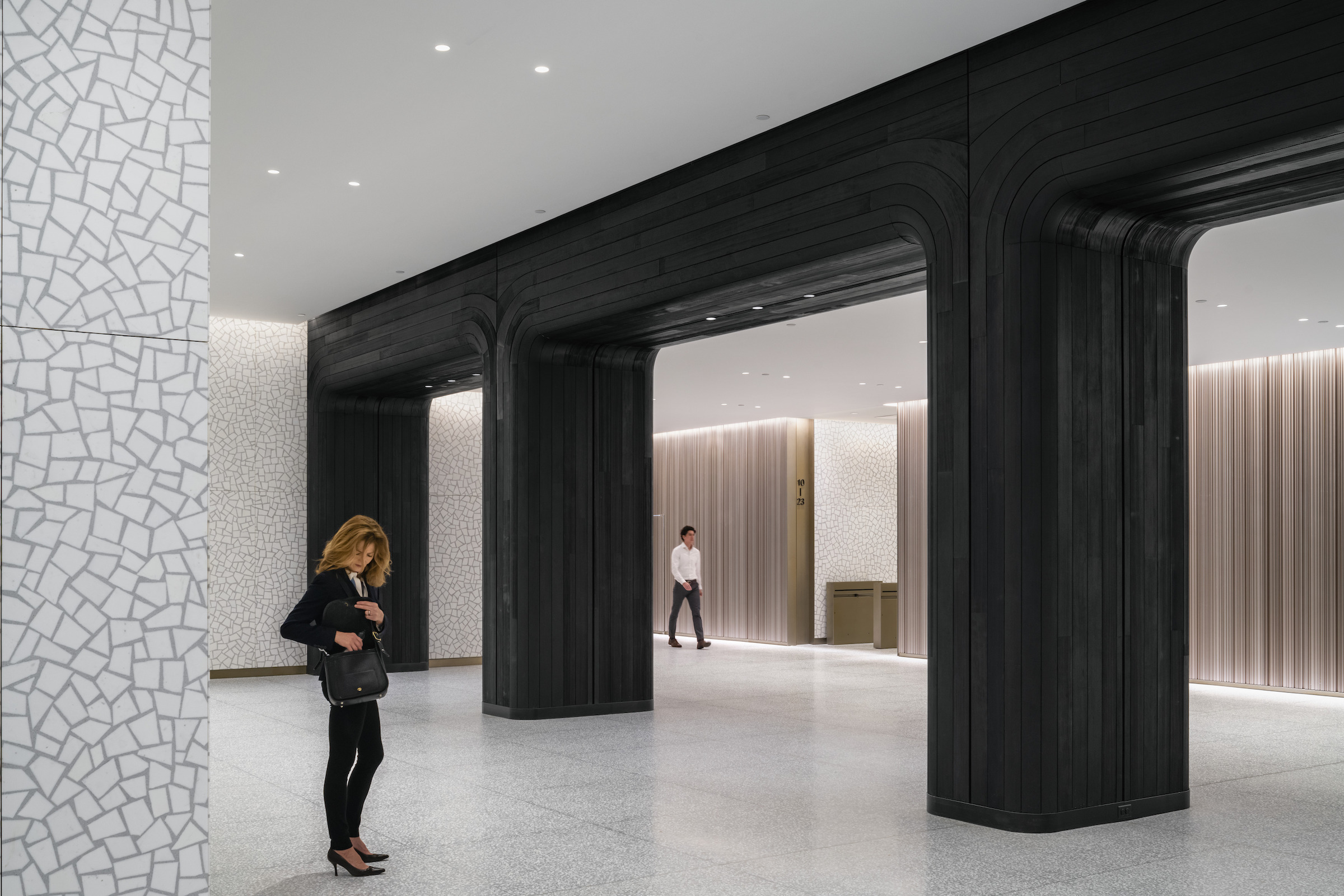
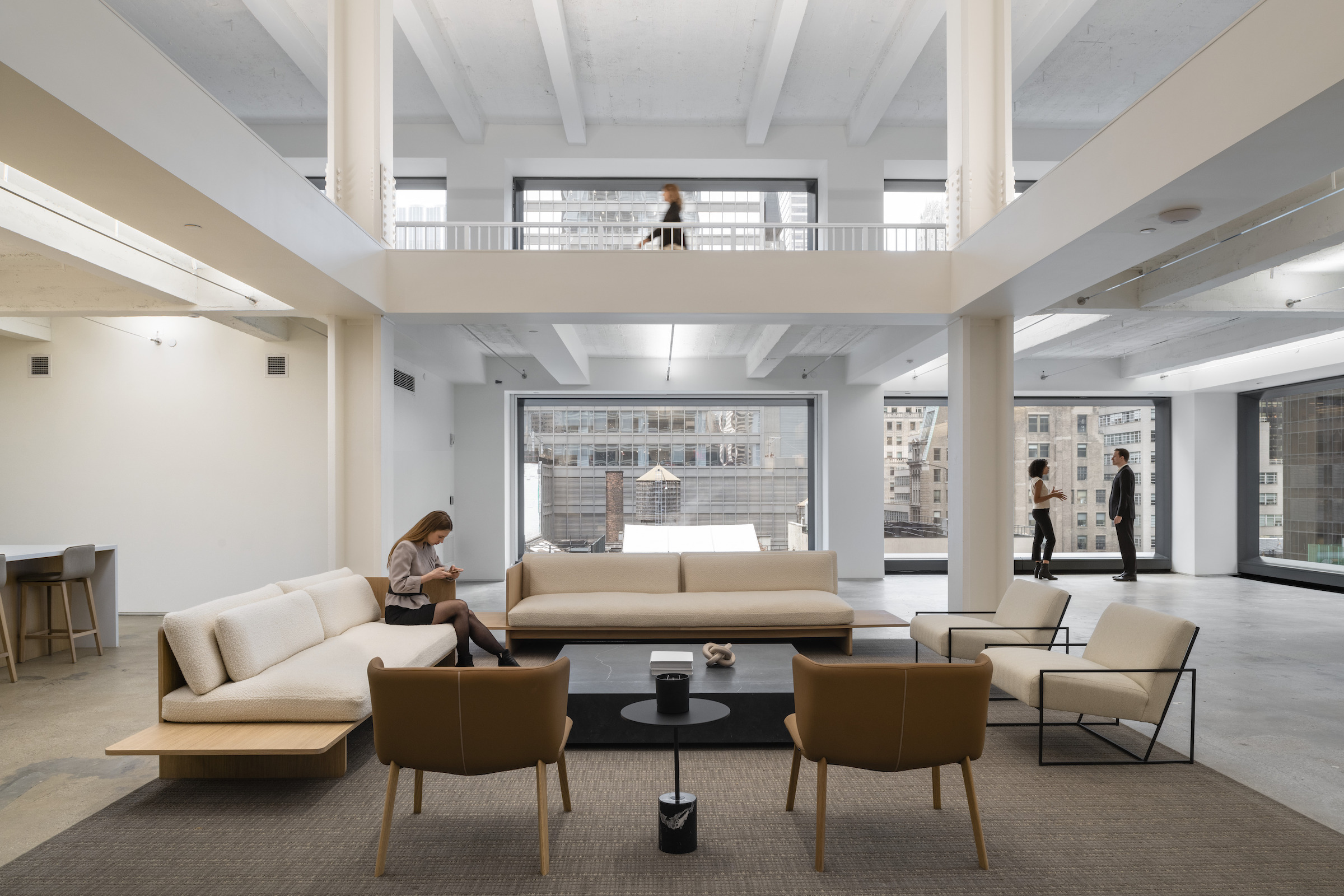
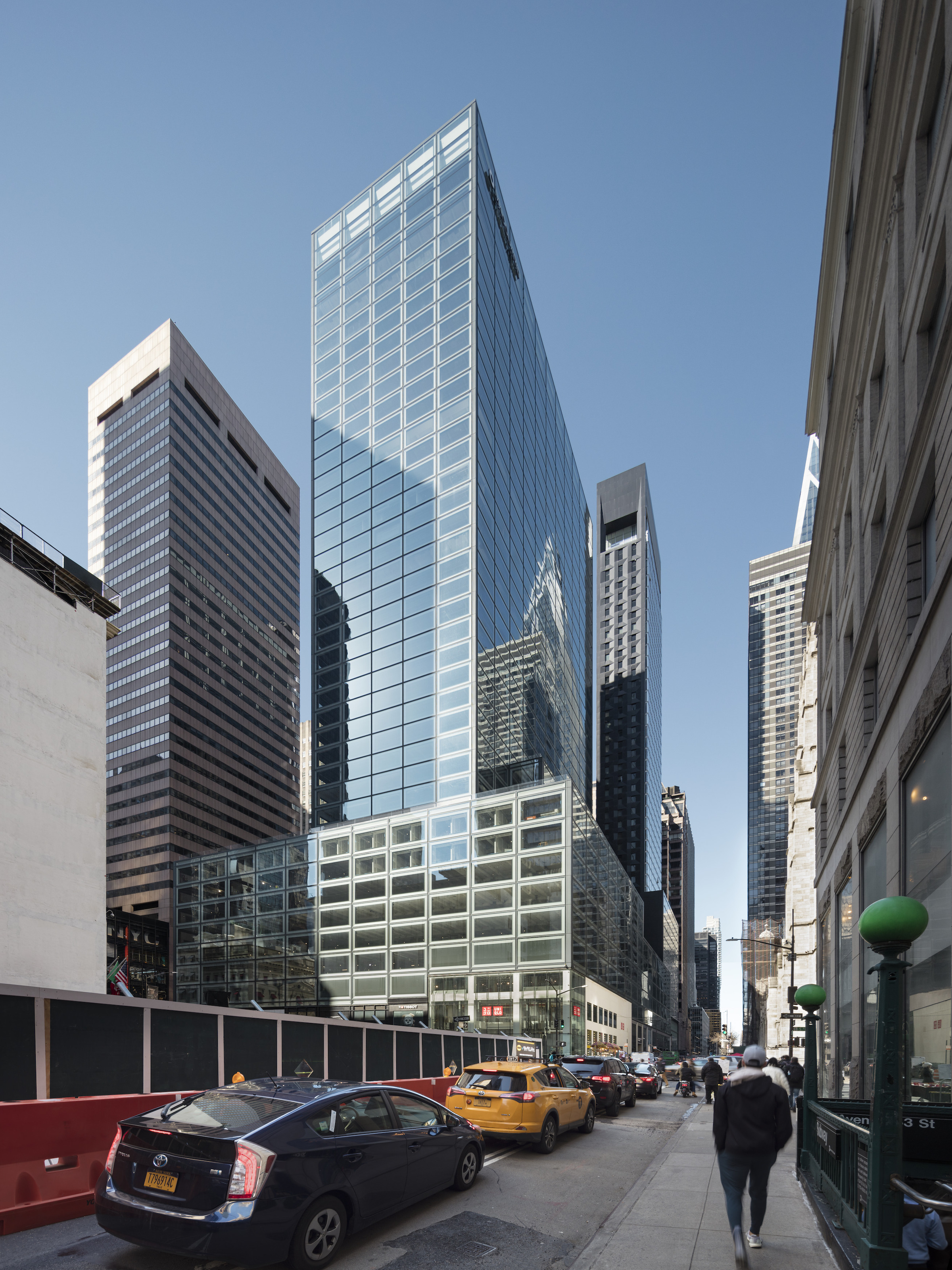
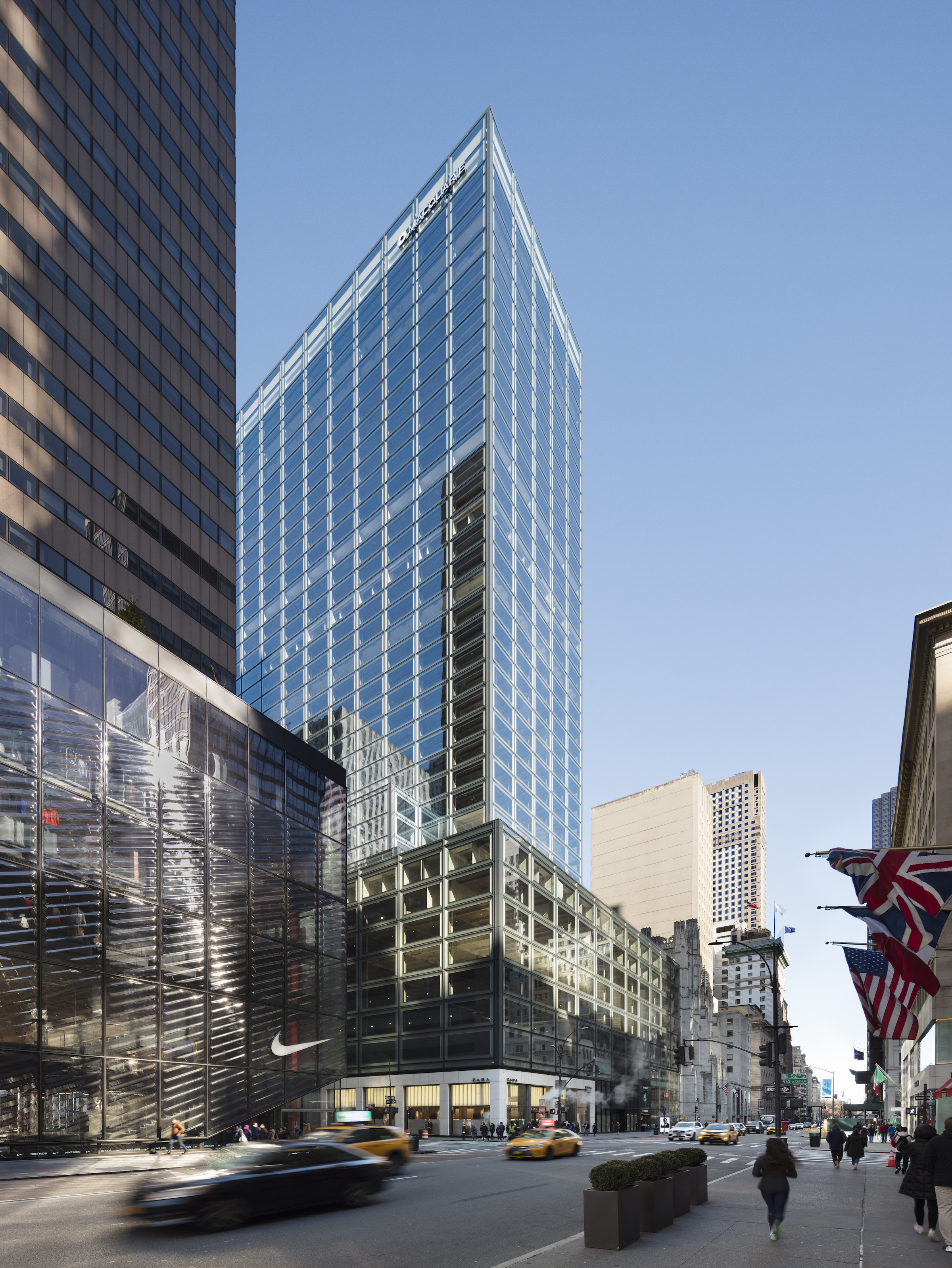
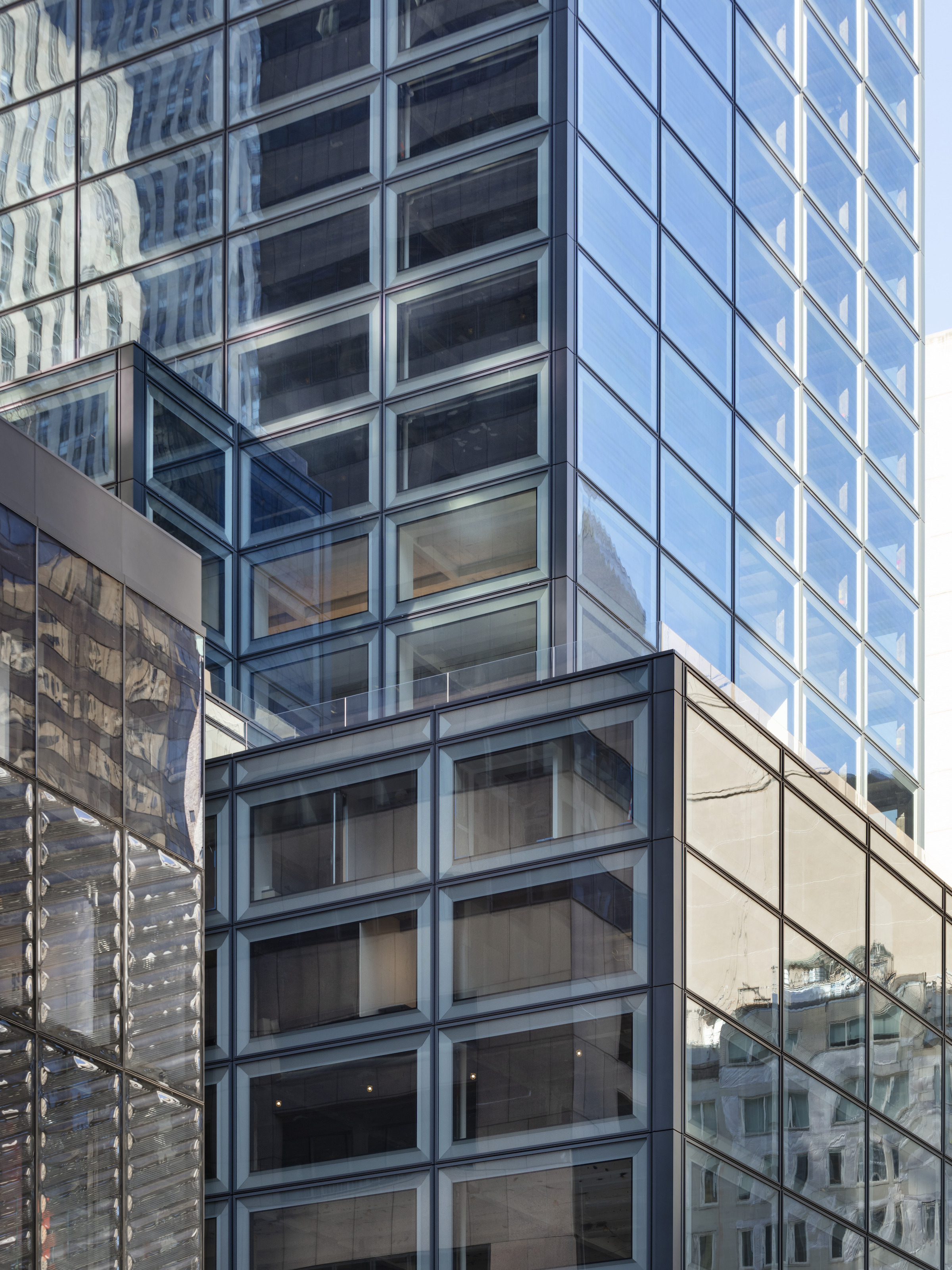
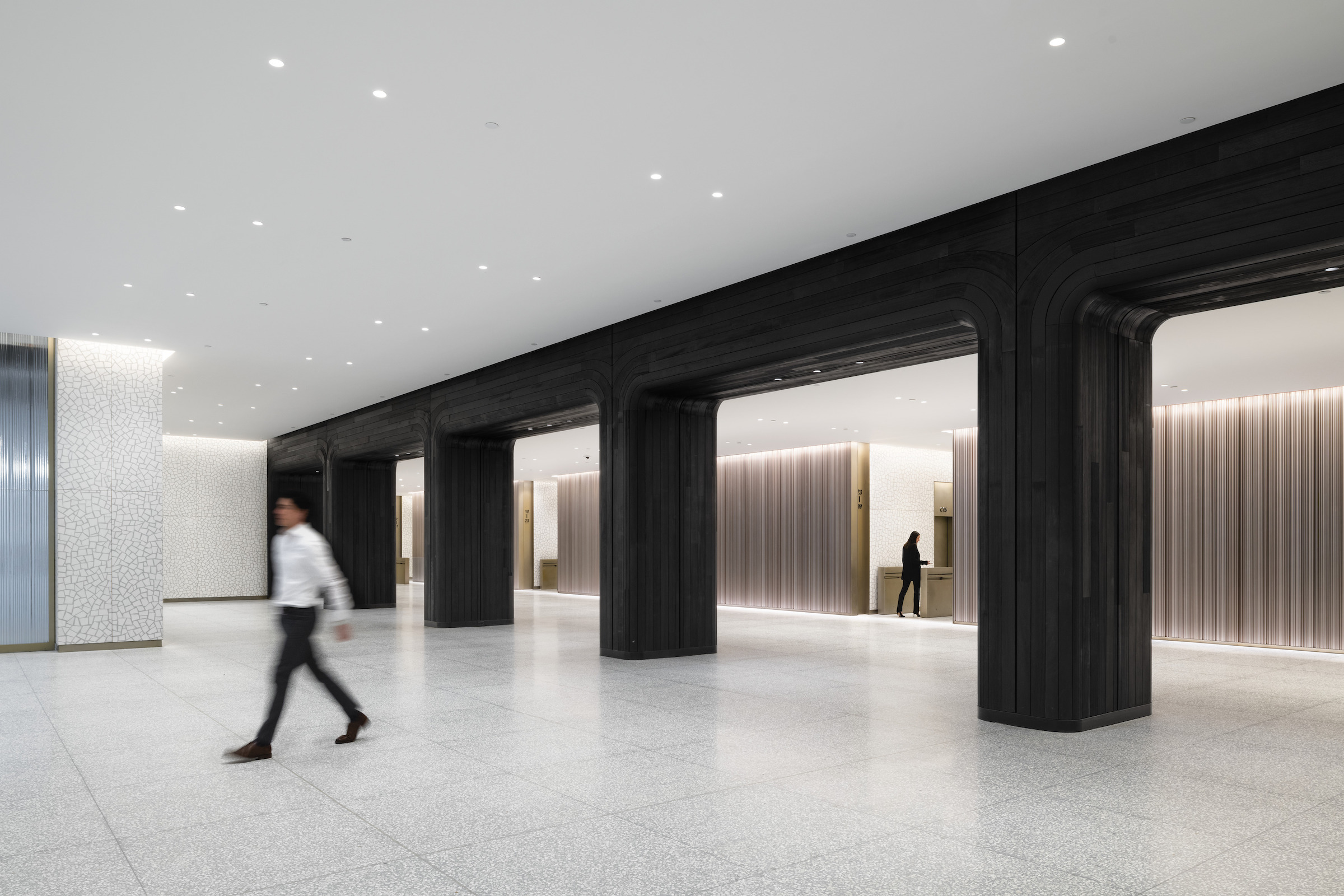

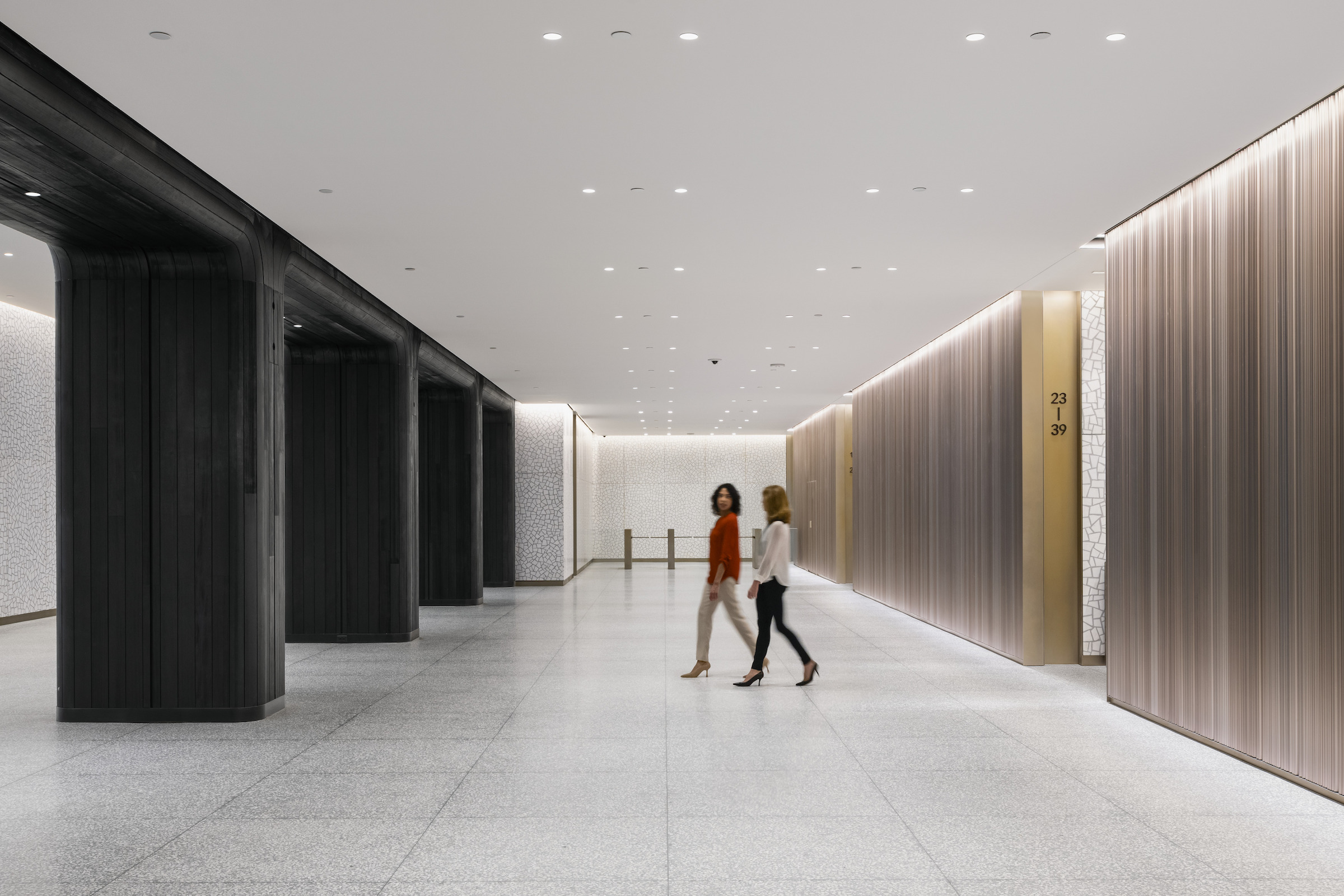
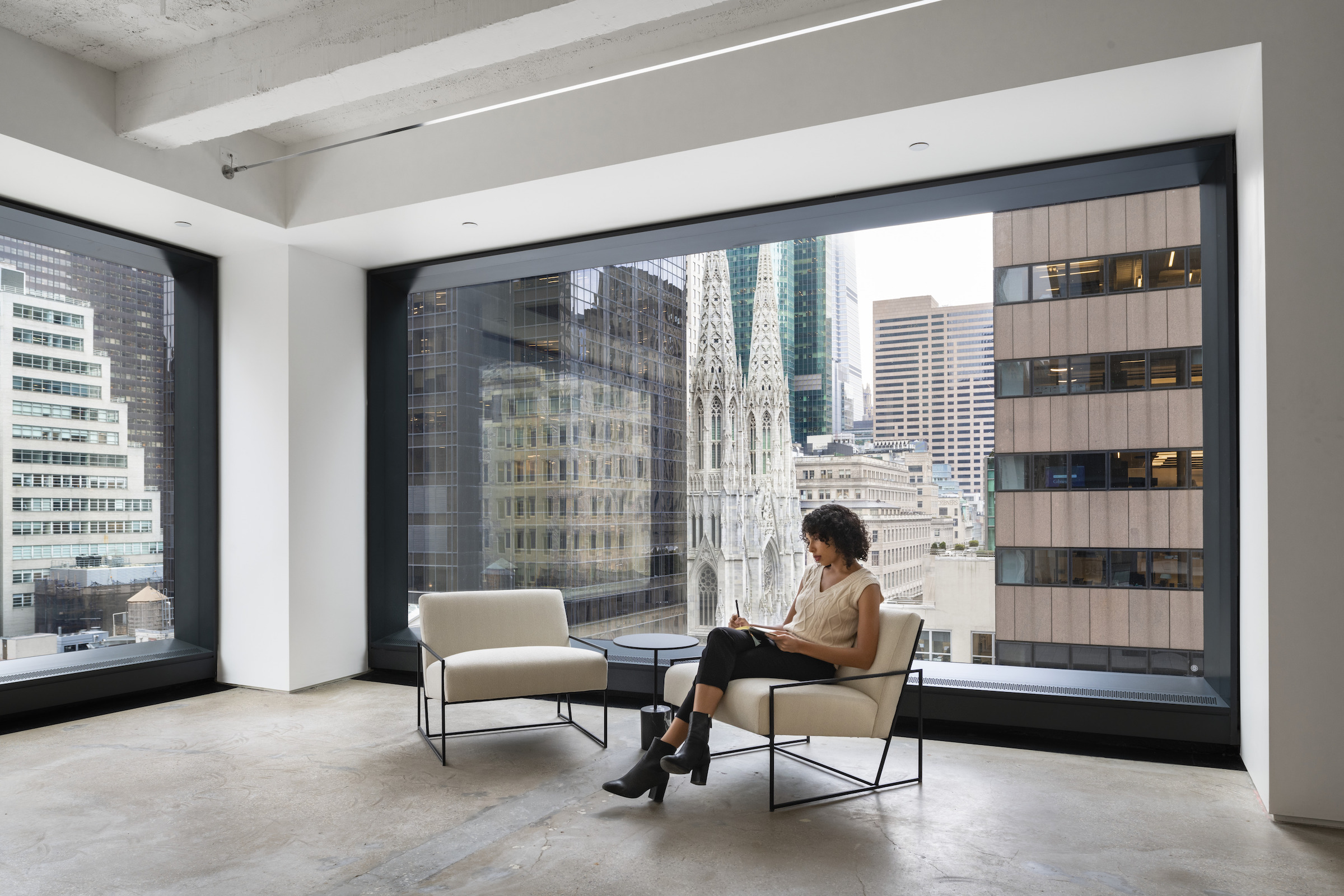
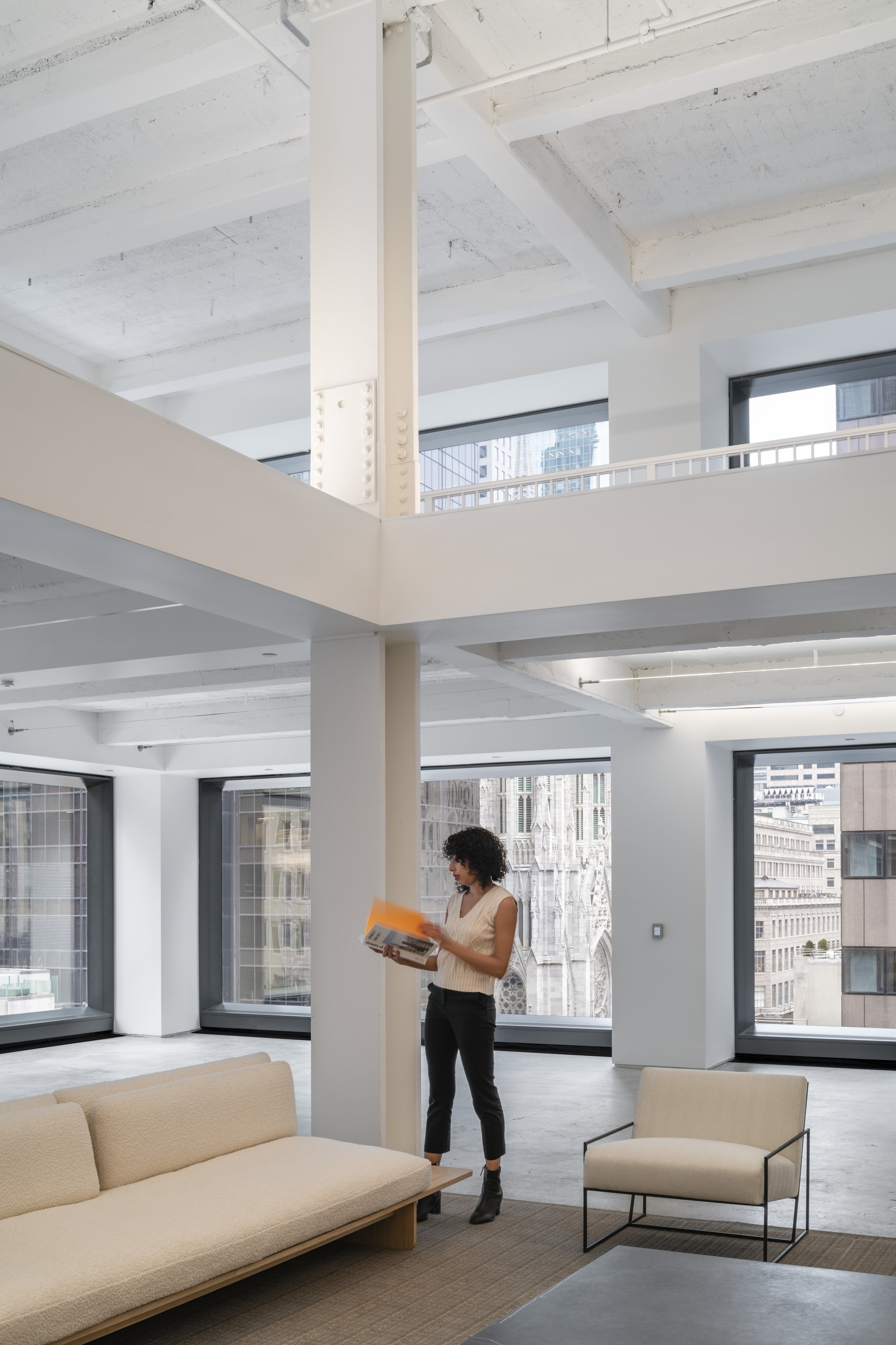
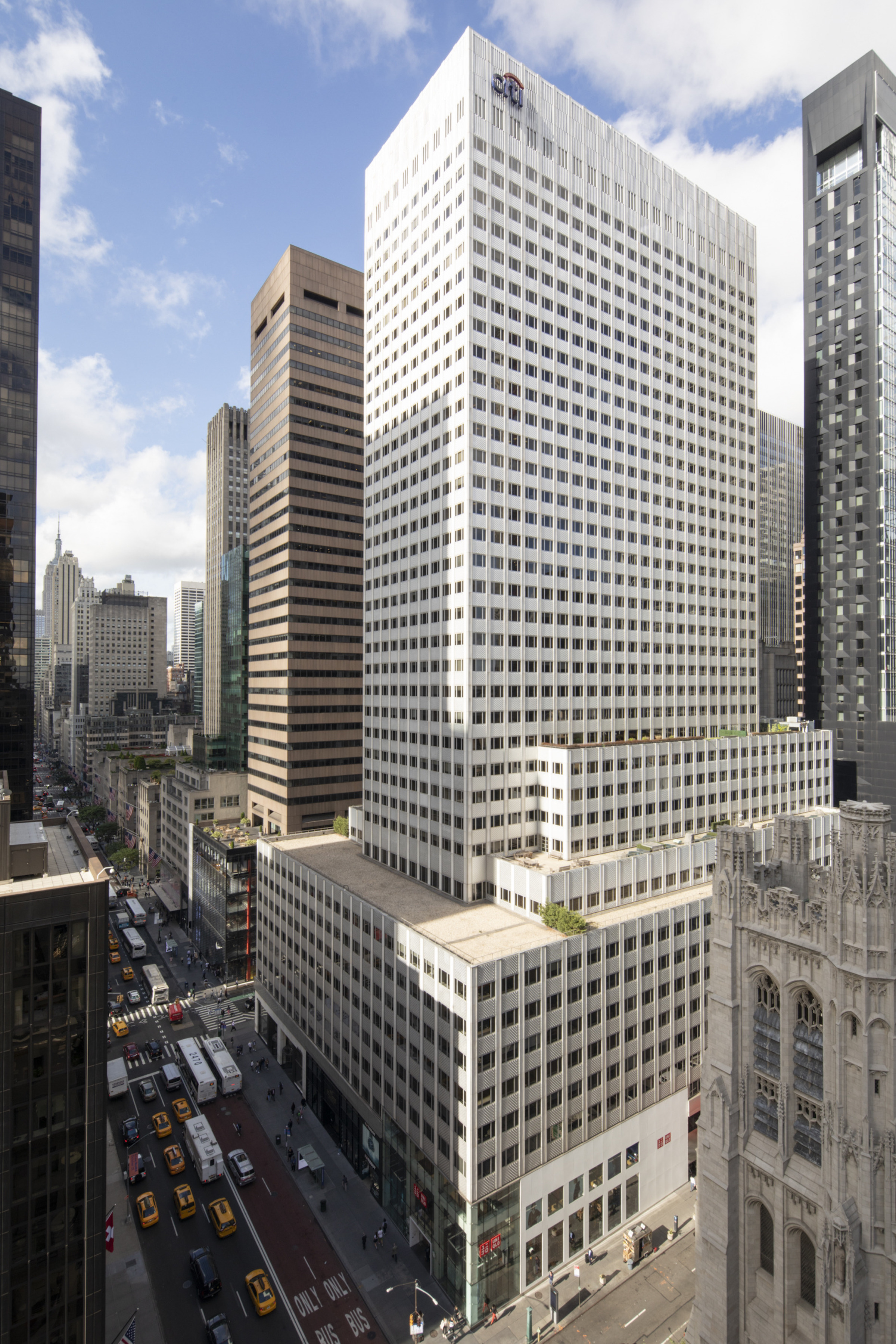
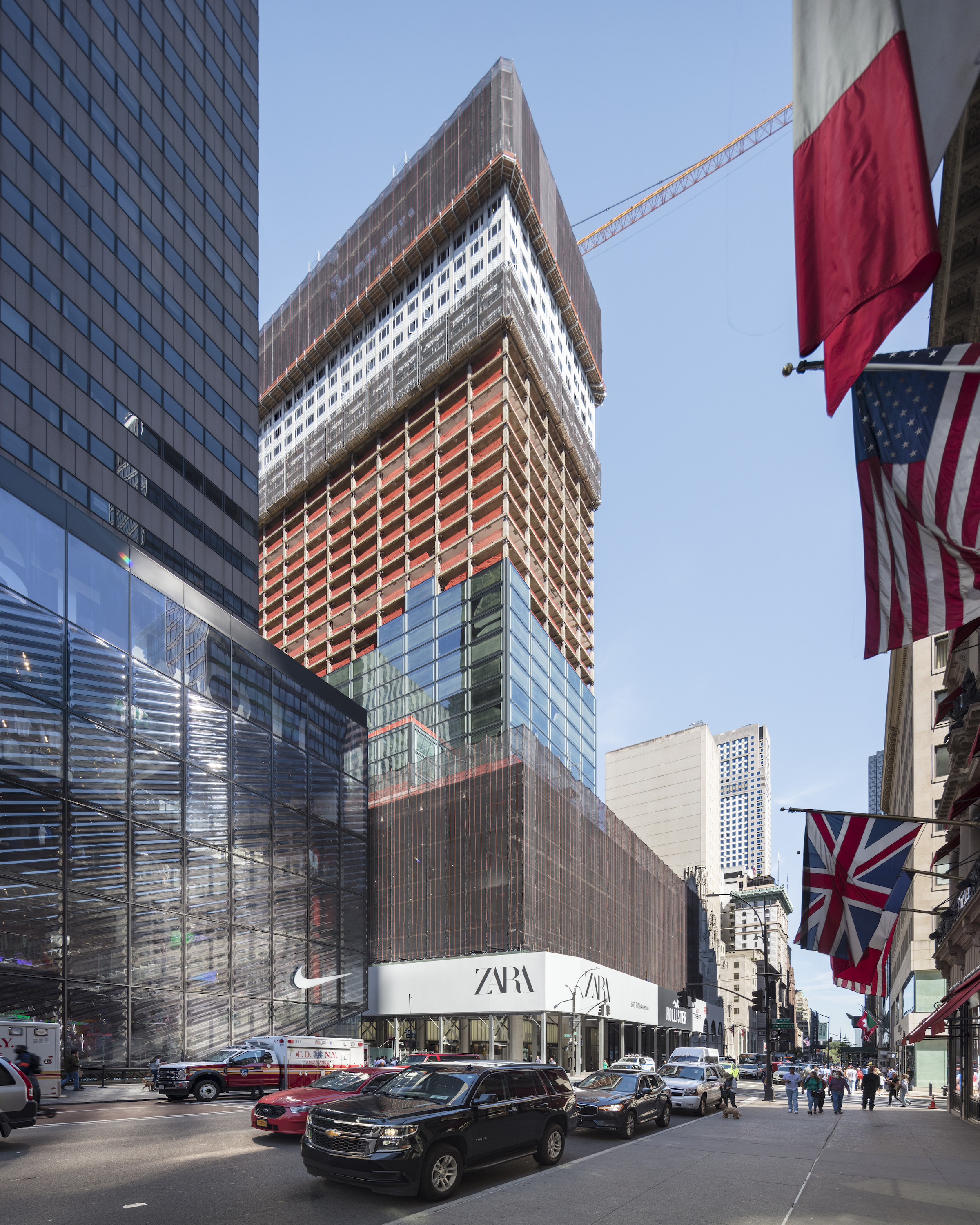
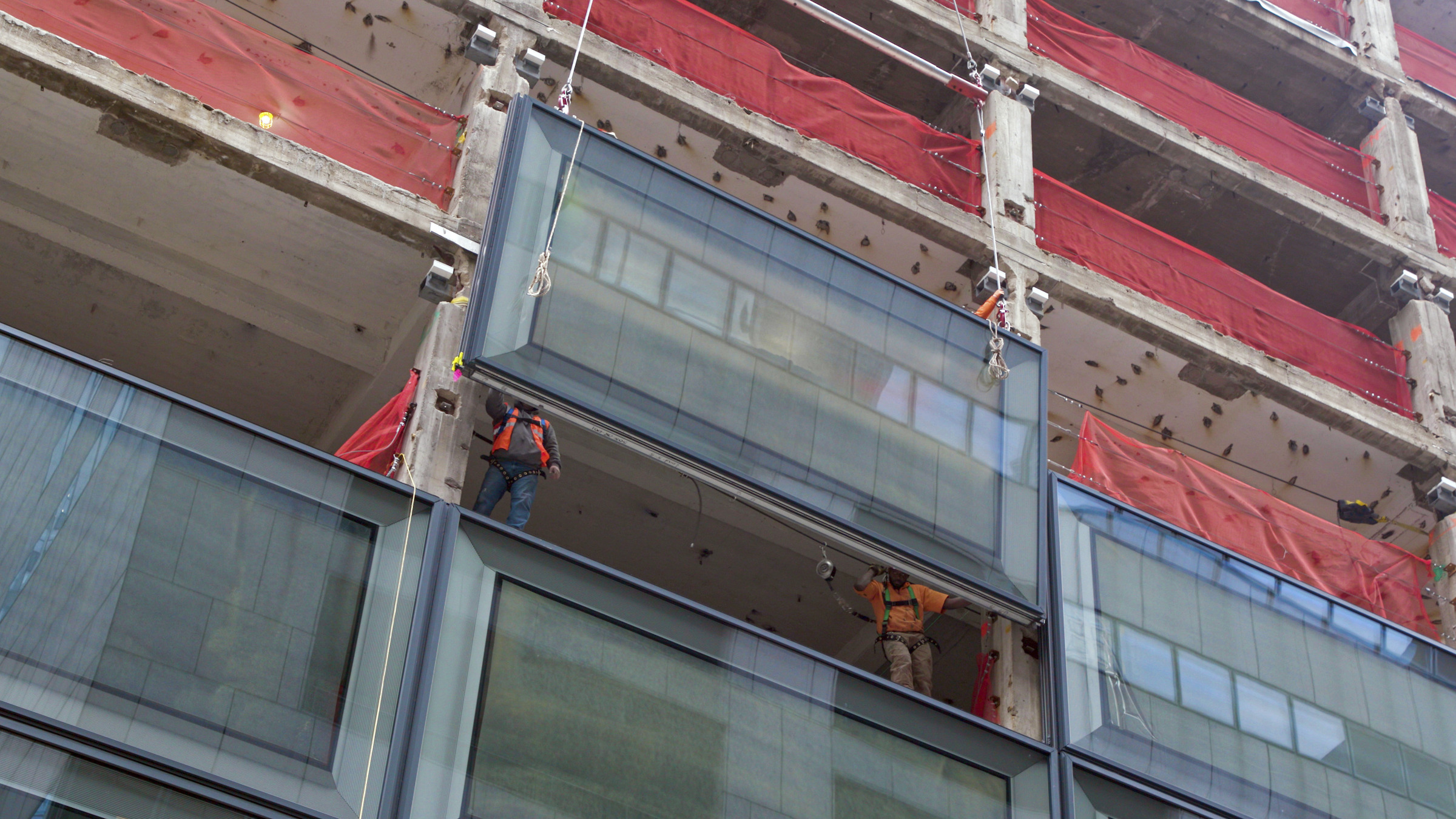
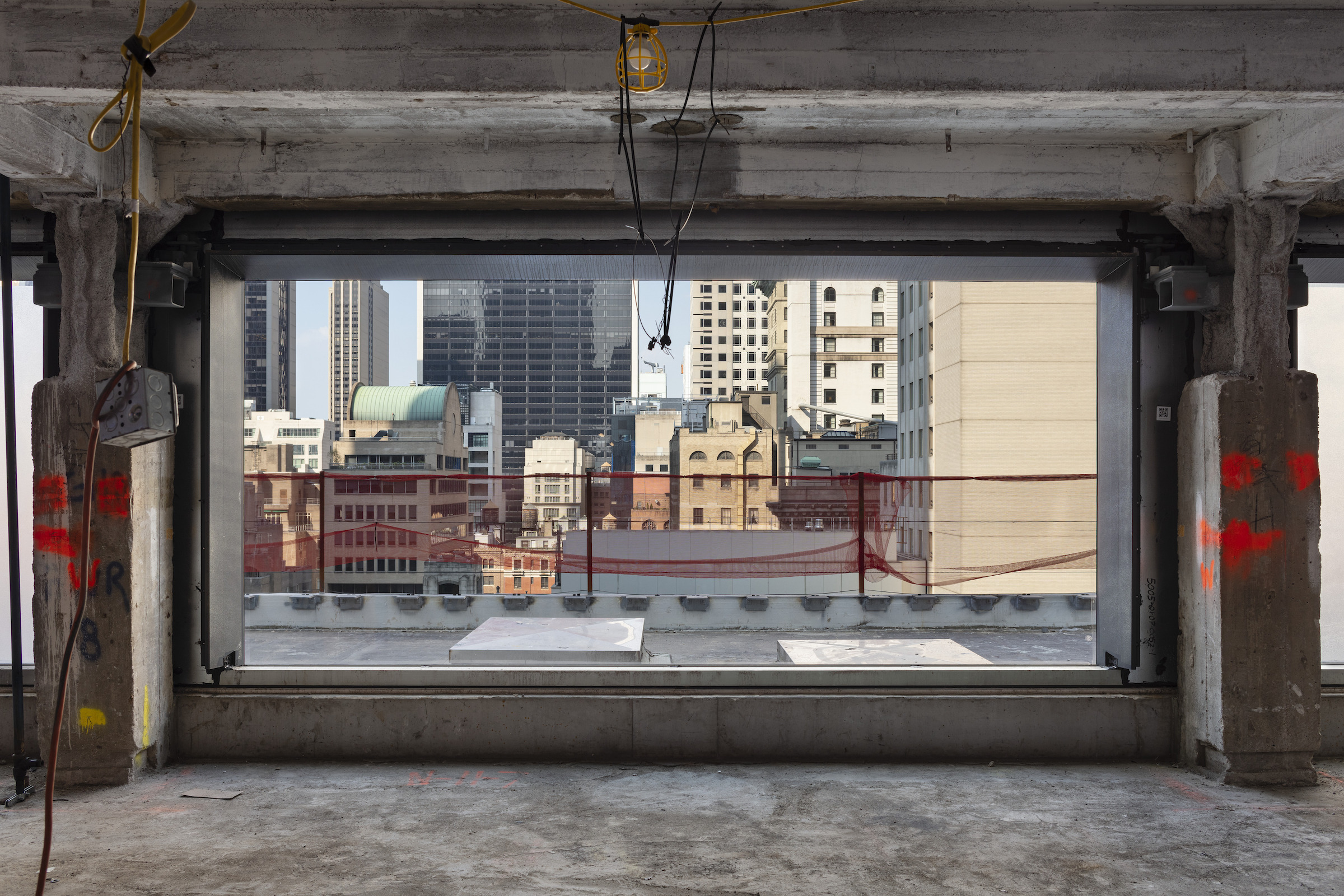
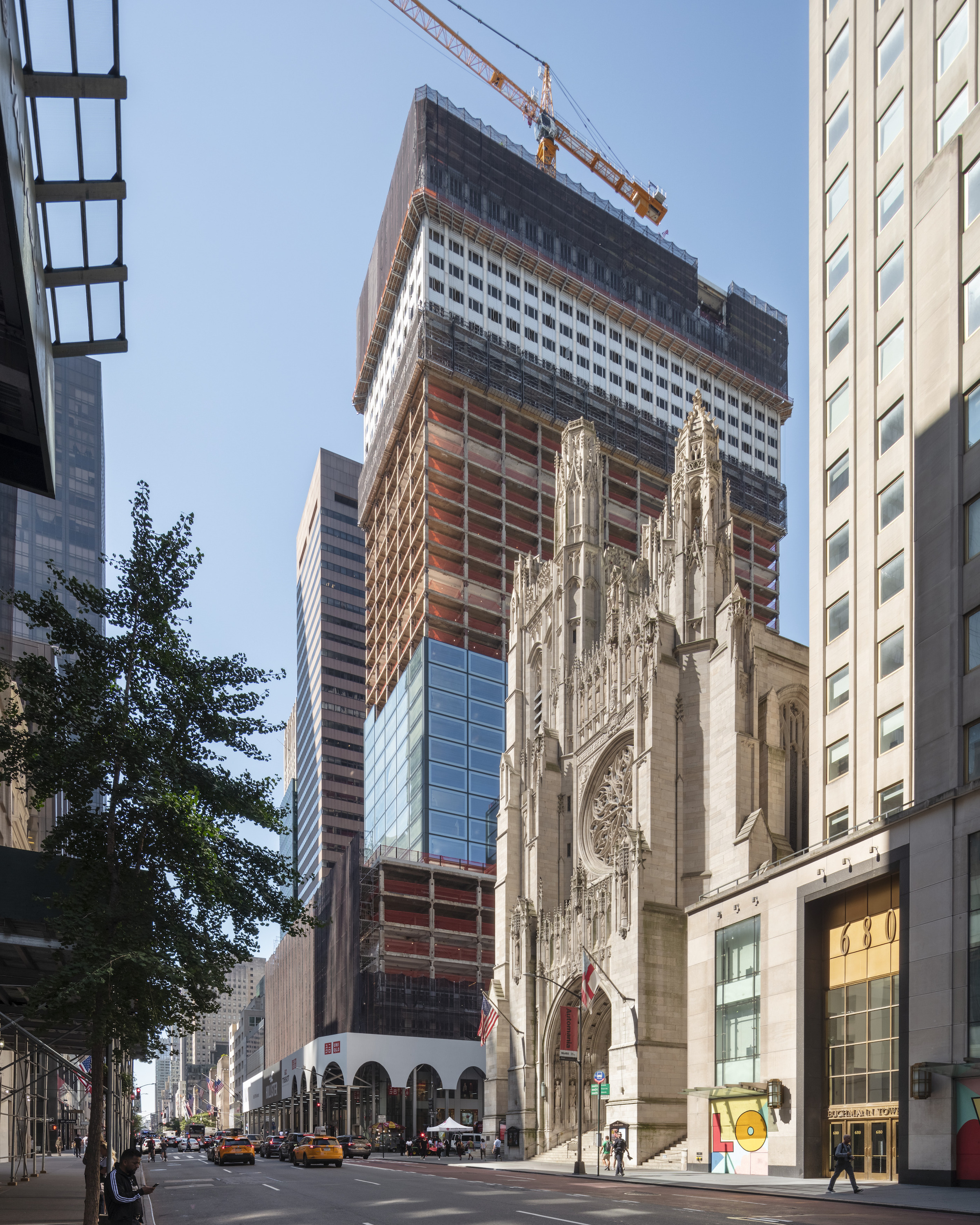
Related Stories
| Nov 8, 2013
Can Big Data help building owners slash op-ex budgets?
Real estate services giant Jones Lang LaSalle set out to answer these questions when it partnered with Pacific Controls to develop IntelliCommand, a 24/7 real-time remote monitoring and control service for its commercial real estate owner clients.
| Nov 6, 2013
Dallas’s goal of carbon neutrality by 2030 advances with second phase of green codes
Dallas stands out as one of the few large cities that is enforcing a green building code, with the city aiming to be carbon neutral by 2030.
| Nov 6, 2013
Energy-efficiency measures paying off for commercial building owners, says BOMA study
The commercial real estate industry’s ongoing focus on energy efficiency has resulted in a downward trend in total operating expenses (3.9 percent drop, on average), according to BOMA's Experience Exchange Report.
| Nov 6, 2013
PECI tests New Buildings Institute’s plug load energy use metrics at HQ
Earlier this year, PECI used the NBI metrics to assess plug load energy use at PECI headquarters in downtown Portland, Ore. The study, which informed an energy-saving campaign, resulted in an 18 percent kWh reduction of PECI’s plug load.
| Oct 31, 2013
CBRE's bold experiment: 200-person office with no assigned desks [slideshow]
In an effort to reduce rent costs, real estate brokerage firm CBRE created its first completely "untethered" office in Los Angeles, where assigned desks and offices are replaced with flexible workspaces.
| Oct 30, 2013
15 stellar historic preservation, adaptive reuse, and renovation projects
The winners of the 2013 Reconstruction Awards showcase the best work of distinguished Building Teams, encompassing historic preservation, adaptive reuse, and renovations and additions.
| Oct 30, 2013
Why are companies forcing people back to the office?
For a while now companies have been advised that flexibility is a key component to a successful workplace strategy, with remote working being a big consideration. But some argue that we’ve moved the needle too far toward a “work anywhere” culture.
| Oct 30, 2013
11 hot BIM/VDC topics for 2013
If you like to geek out on building information modeling and virtual design and construction, you should enjoy this overview of the top BIM/VDC topics.
| Oct 28, 2013
Urban growth doesn’t have to destroy nature—it can work with it
Our collective desire to live in cities has never been stronger. According to the World Health Organization, 60% of the world’s population will live in a city by 2030. As urban populations swell, what people demand from their cities is evolving.
| Oct 23, 2013
Gehry, Foster join Battersea Power Station redevelopment
Norman Foster and Frank Gehry have been selected to design a retail section within the £8 billion redevelopment of Battersea Power Station in London.

















